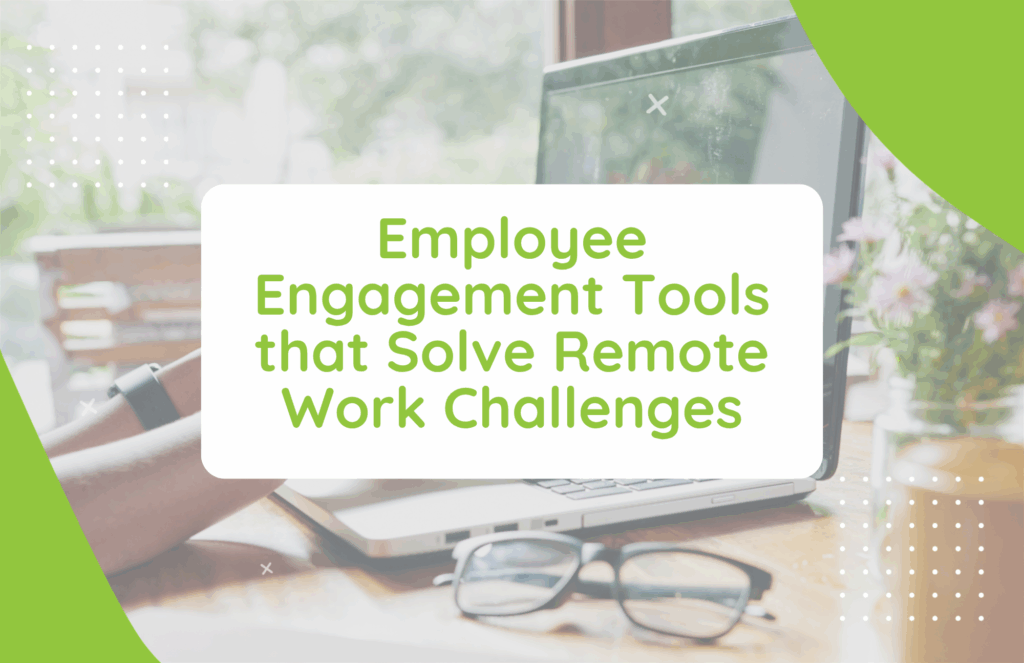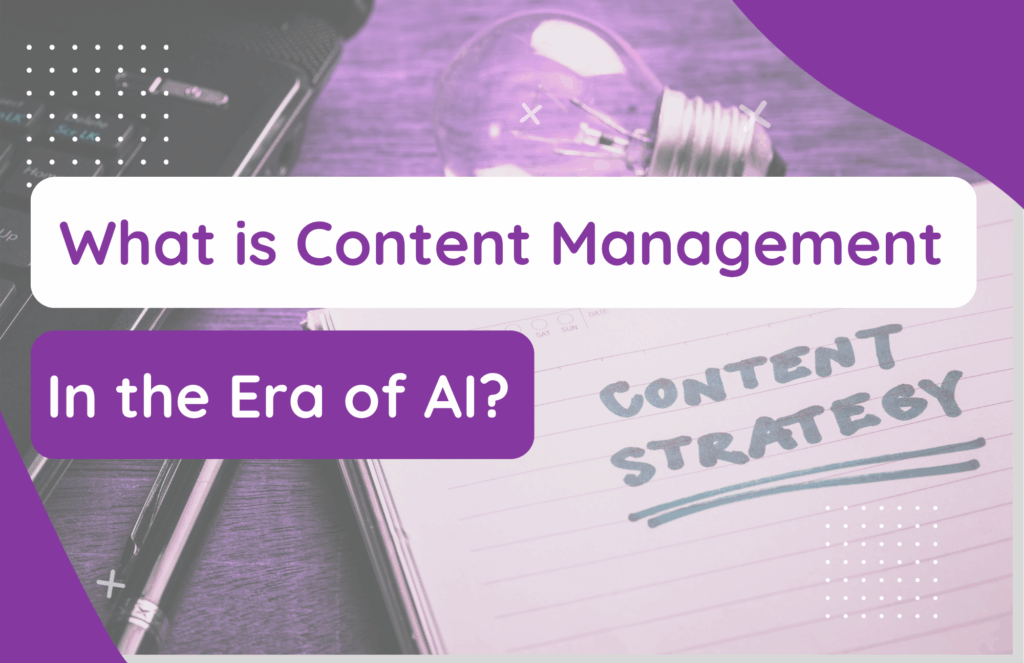Moving your company onto a new corporate intranet is a big undertaking. And it’s not only because of the complexity and diversity of today’s intranet applications. Intranet adoption is complex because of the human factor in the equation.
Habits, Processes & Change
People are hardwired to resist change, especially when it comes to working habits and processes. Things come more easily in the comfort zone because known patterns are easier to repeat. For those unwilling laggards, adopting something new represents a high known cost for an unknown gain. If employees do not understand the value added to their employee experience, they will delay the project’s success before it has started.
Your goal when changing habits & processes must be to communicate the clear benefits of your intranet. Moving to the new intranet will improve engagement, productivity, and collaboration. While you, the reader, likely understand the advantages that made the upgrade the right choice for the whole business, you must now convey this to everyone on the team from C-Suite to grassroots.
Build a Team to Champion Change
Outreach at all levels is an essential part of encouraging quick adoption when you introduce a new intranet. Consult certain employees about their needs, requirements, and hopes for the new platform. Ask for their opinions on design choices for their department pages, as well. These involved workers will become champions for your intranet. Champions from each team become early adopters. Your early adopters train into the system early and will act as ambassadors for their peers. This method puts your messaging in front of reluctant employees in the most human way possible.
- Early adopters act as an on-the-ground troubleshooting support team for basic issues related to learning the new system
- They also function as the ‘guinea pigs’ for your training efforts. As you revise training materials for launch day, take the insights of your early adopters into account to make training as effective as possible
- Providing early adopters with the chance to influence training gives them an ownership stake in the new system. Stock in the new system makes your early users even more motivated to encourage others to switch
Your leadership team should be in your group of early adoption users so they can use the platform from day one. They will need to be able to provide some guidance about the system, but your champions are not your leadership team. Choose your champions to represent the members of various teams, so you have a real base of support on the ground at launch day. Your leadership team must take advantage of the new communication features from launch to set an example for how to use the intranet.
Pre-Go Live Planning: Your First Phase of Intranet Adoption
Assembling and onboarding your early adoption group is the first phase of adoption. It represents the beginning of user engagement with the tools you have been configuring behind the scenes. It is the beginning of the end of the design process. Your goal for this group during this phase is to prepare them for the big move. Their preparation is vital as they will provide support for the people who are just getting oriented. Put in place a communication strategy for champions to prepare the bulk of your user base while building enthusiasm for the switch.
- Open all your communication channels and be specific about the benefits of your upgraded intranet toolkit
- Speak to specific use cases the old system addressed less efficiently with hard facts and statistics as evidence
- Guide those early user groups about role-specific use cases for new intranet tools they can take back to their teams
- Build a clear reporting hierarchy that allows your support networks to troubleshoot when needed
Once you have these major pieces of behind-the-scenes infrastructure in place, it’s time to move on to launch day. Remember the issues raised by your champion group when providing feedback for your training materials. This first look at the issues actual end-users face will help you anticipate future problems and improve training. Address as many issues as you can before launch and keep developing your plan of action for continuous quality improvement during the post-live learning phase.
Go-Live Day: Your Second Phase of Adoption
While launch day seems like a discrete event, it’s more like a weeklong process at most companies. That is because launch involves the work of moving the bulk of your userbase into the system and onboarding them to their new tools. There will be snags because of the learning curve involved, even with your most enthusiastic users.
- Empower your early adopters with the right tools to help with support
- Push the big announcement across all communication channels and continue to build excitement
- Communicate that your intranet is the primary source for corporate messaging rather than legacy communication methods.
- Emphasize that adoption of your intranet is a permanent change and one that all employees need to work with to benefit from the investment
- Provide additional training to new and experienced users so stakeholders can maximize their skills with intranet applications
- Keep your intranet fresh and exciting by updating widgets and content
Moving from go-live to post-live is easy if you have a solid plan with consistent goals. The next phase is follow-through and ongoing maintenance.
Post-Live Learning and Tech Support: The Third Phase of Adoption
Understanding permissions, governance, and content are the last steps to mastering your intranet environment. Managing permissions within your hubley intranet is easy. Make sure the right people have the right access to the right pages by assigning them to the appropriate group. The Site Collection Admin has full control of the intranet. Your Site Owners have full control of their specific subsite/department site. Site Page Designers can design, edit, and create on subsites/department sites, but cannot change permissions for any subsite. Site Members can contribute to subsites and departments sites but cannot edit and site pages. Lastly, Visitors have read-only level access.
After establishing user permissions, a governance plan is vital to achieving your intranet goals. SharePoint “governance” refers to the set of policies, roles, responsibilities, and processes that control how an organization’s business divisions and IT teams work together within SharePoint Online (SPO) to achieve its goals. The primary goals of a SharePoint governance plan are to:
- Create the team infrastructure to govern and support it.
- Document initial governing policies and procedures for it.
- Plan for SharePoint support in terms of both technical and human resources.
Finally, a content management team helps in deciding how to organize content on your intranet. If you do not have a plan for content management, you are hurting your employees and bottom line. Keep content relevant and end the need for avoidable communication.
This final phase of adoption never truly ends. New hires will continue to need onboarding and those promoted within the organization will need training at different levels. Similarly, your main workforce will need periodic training to keep them fresh on the use of the tools at their disposal, especially after updates that introduce enhancements and new features. A successful post-live learning phase works to improve the user experience while encouraging engagement with your new hubley intranet.




